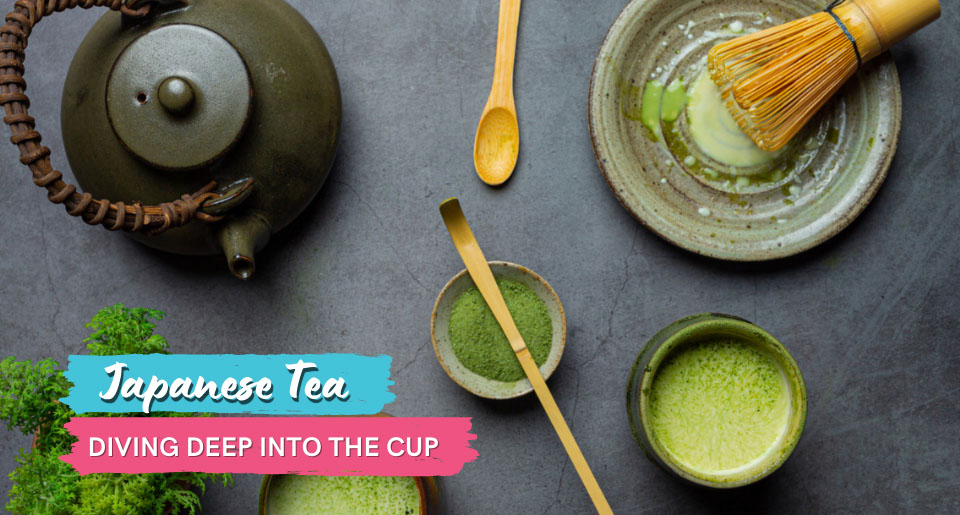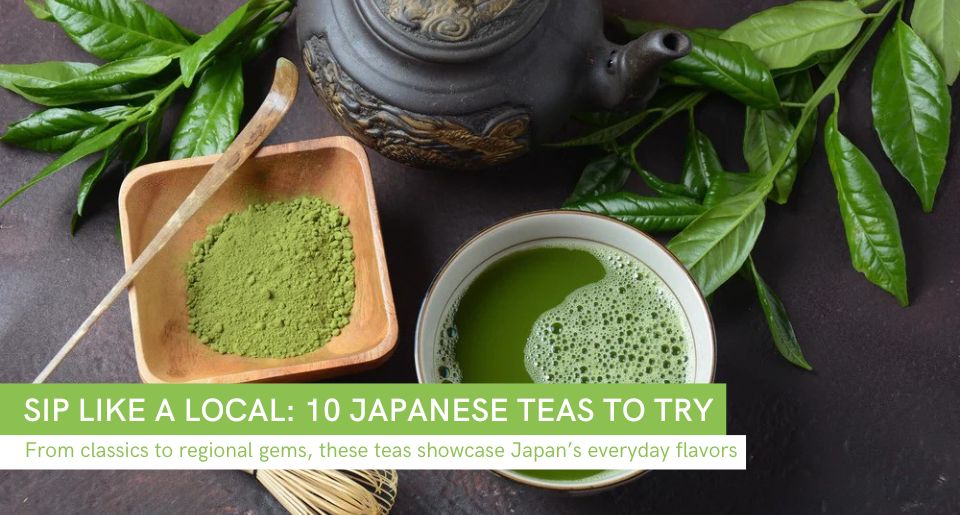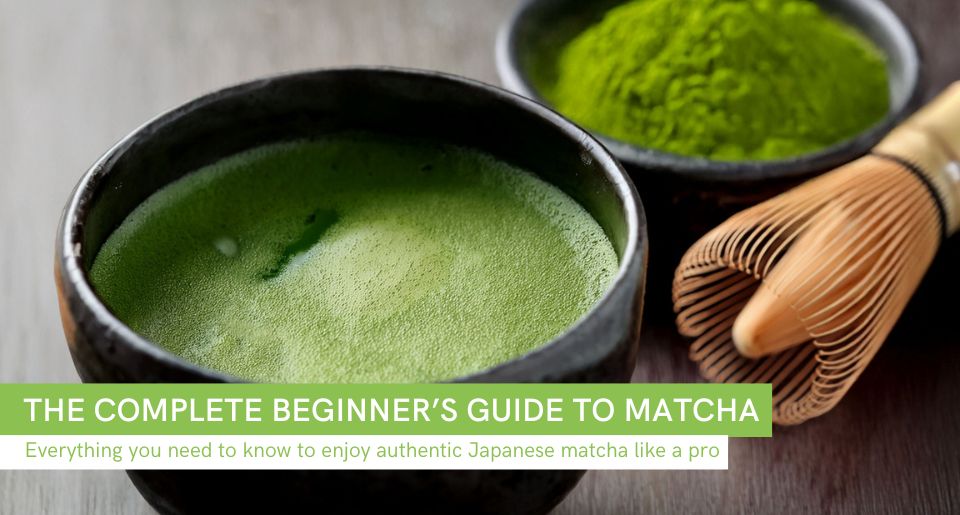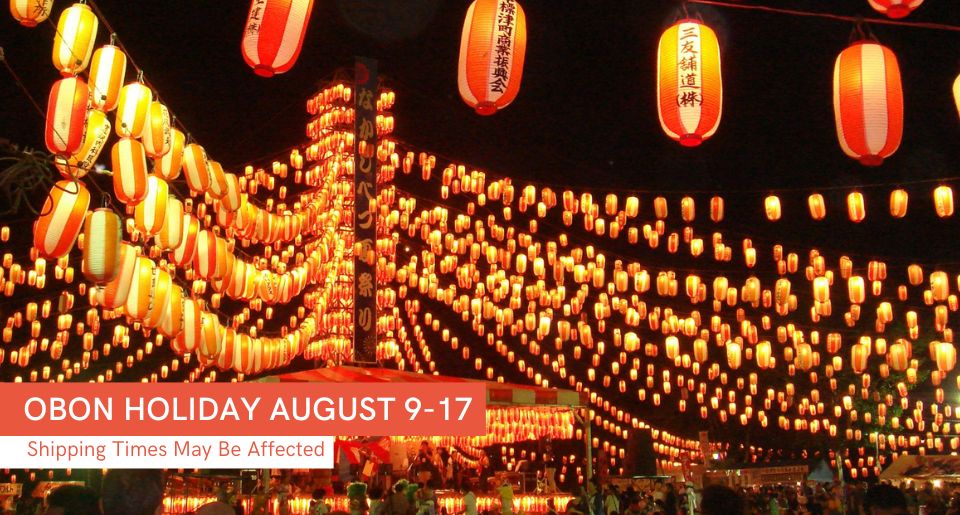Contents
Intro
Let's dive into the rich tapestry of the Japanese tea universe, exploring the unique stories and intricate processes of these nine distinct varieties: Matcha, Hojicha, Sencha, Mugicha, Kombucha, Sobacha, Gobocha, Genmaicha, and Gyokuro. Each variety bears its unique history, production methodology, and cultural significance to Japan.
Matcha (抹茶) - The Modern Favorite
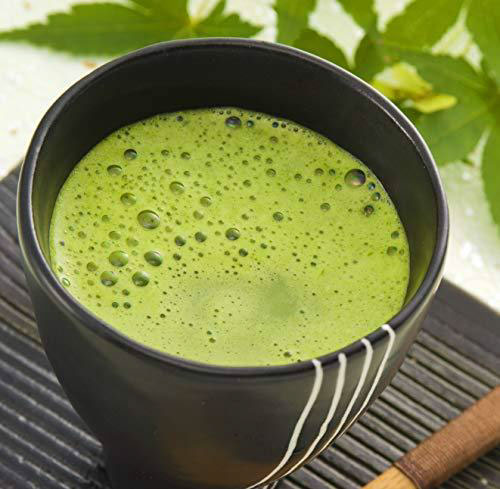
Matcha is a very popular type of green tea. It has also inspired matcha ice cream, chocolate, cake and other delicious sweets and foods
The emerald star of Japanese tea, Matcha, whose name literally means "powdered tea," is steeped in tradition. Its roots can be traced back to the Heian period, when powdered tea was brought from China by Buddhist monks. The tea was an integral part of Zen Buddhist rituals, lending an ethereal quality to the tea-drinking ceremony, or "Chanoyu".
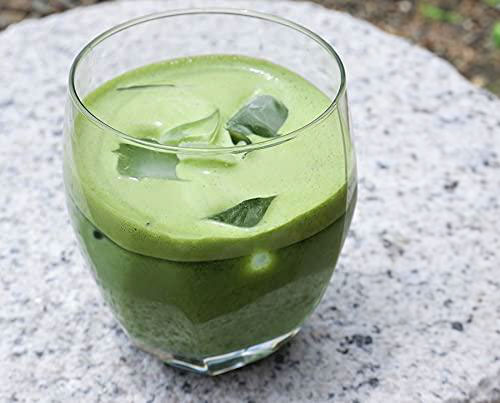
Matcha can be had hot or cold like this ice matcha.
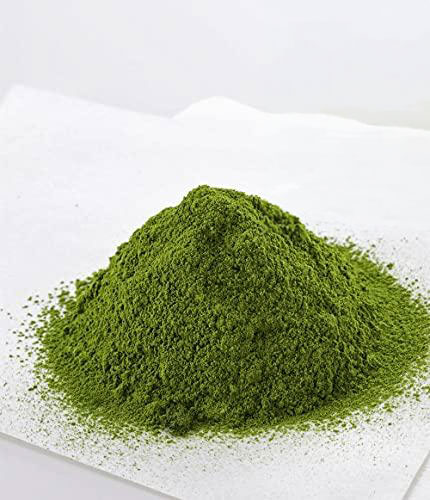
Green tea is considered one of the most healthy beverages and matcha is no exception.
Produced from the topmost leaves of the tea plant, Matcha goes through a meticulous cultivation process. The leaves are shaded for a few weeks prior to harvesting, heightening the chlorophyll levels and enhancing its vibrant green color. Post-harvest, the leaves are steamed, dried, and stone-ground into an ultra-fine powder. This rigorous process preserves Matcha's full-bodied, velvety texture and its rich, sweet, and slightly umami flavor.
Hojicha - The Unique Roast
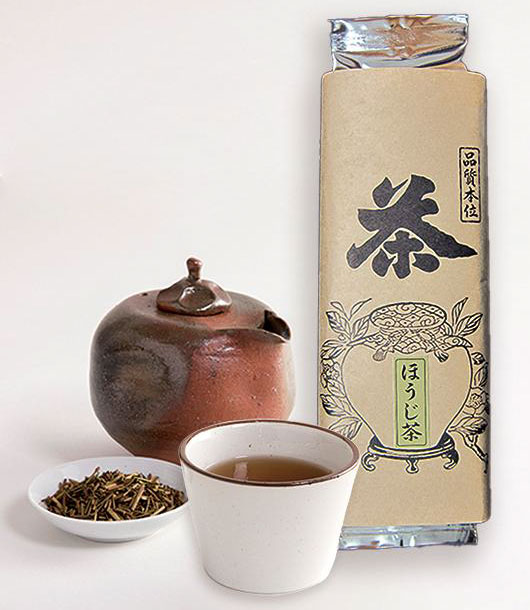
Hojicha
Hojicha is the humbler, earthier cousin of the Japanese tea family. First created in Kyoto in the 1920s, it was an ingenious solution to utilize leftover tea leaves, stems, and twigs. Its creation marked a watershed moment in Japanese tea culture, introducing an entirely new taste and aroma profile.
Hojicha undergoes a unique roasting process, diverging from the traditional steaming method common in Japanese tea processing. The leaves are roasted over high heat, which gives the tea a distinctive reddish-brown hue and a soothing, toasted, slightly caramel-like flavor. Its lower caffeine content has made it a popular choice for evening tea and a comforting drink for children.
Sencha (煎茶) - The Standard
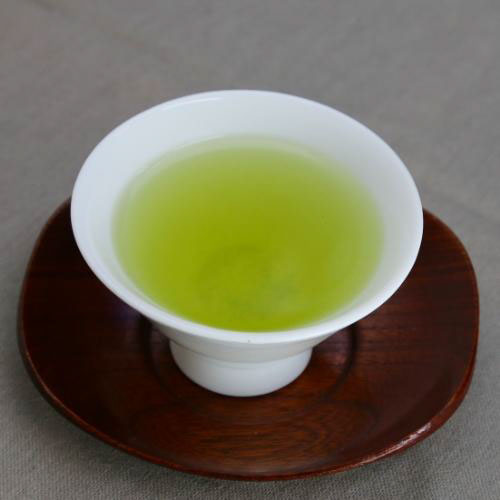
If you visit a Japanese home or office, sencha green tea is often served to guests.
Representing over 80% of Japan's tea production, Sencha is undoubtedly the nation's everyday tea. Its history can be traced back to the 18th century when innovative farmers began steaming tea leaves to prevent oxidation, a process that remains the hallmark of Sencha production.
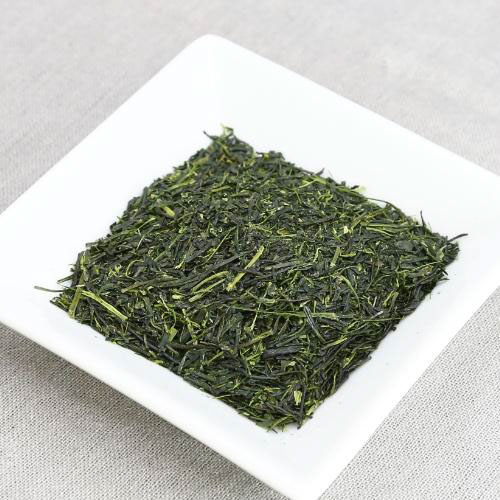
Fukamushicha Sencha Chao tea leaves on ZenPlus
Sencha leaves are grown in direct sunlight, which gives them a more robust flavor compared to shade-grown teas like Matcha or Gyokuro. After being harvested, the leaves are immediately steamed, rolled, shaped, and dried. This process preserves the leaves' verdant color, and imparts a refreshing balance of sweet, bitter, and umami tastes, embodying the essence of nature in a cup.
Mugicha (麦茶) - Barley Tea
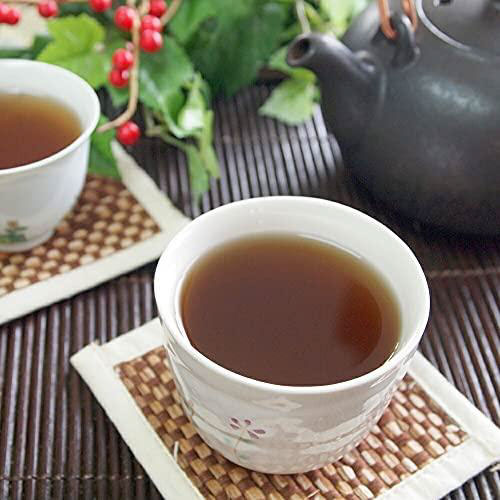
In contrast to other teas on this list, Mugicha is an infusion made from roasted barley and is naturally caffeine-free. Its popularity soars in the summer months, known for its cooling effect and often served chilled.
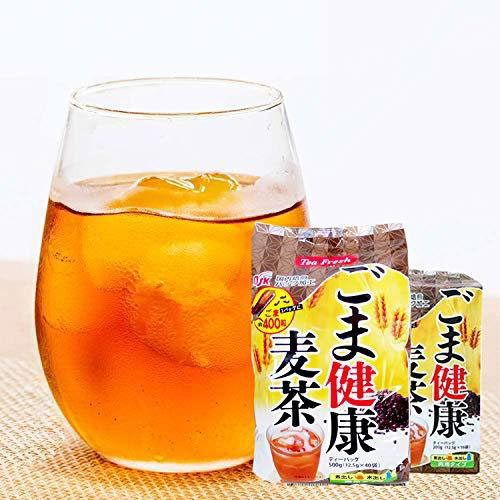
The creation of Mugicha involves roasting barley kernels, either naked or encased in their hulls, until they develop a deep, golden brown color. The roasted grains are then steeped in hot water. The end result is a toasty, slightly sweet, and nutty beverage with a distinctive smoky aroma.
Kombucha (昆布茶) - Kelp Tea
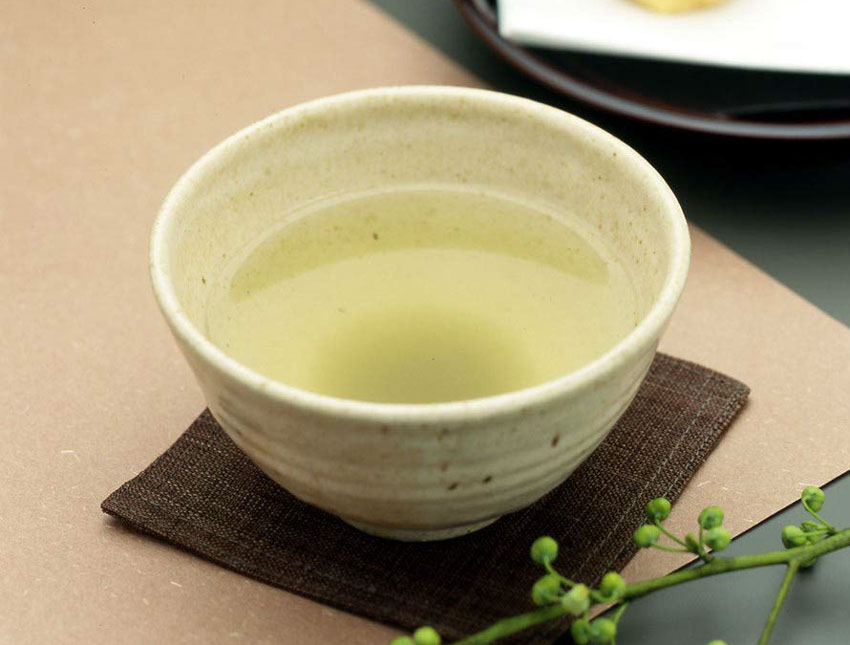
Interestingly, the Japanese version of Kombucha is starkly different from its fermented, fizzy Western counterpart. It is not a tea in the traditional sense, but rather a savory infusion made from dried kelp (kombu). Kombucha is often sipped as a warm, comforting beverage, and it also serves as a base for various soups and broths in Japanese cuisine. This kelp "tea" provides a clear, slightly salty, and umami-rich experience, much akin to the taste of the sea.
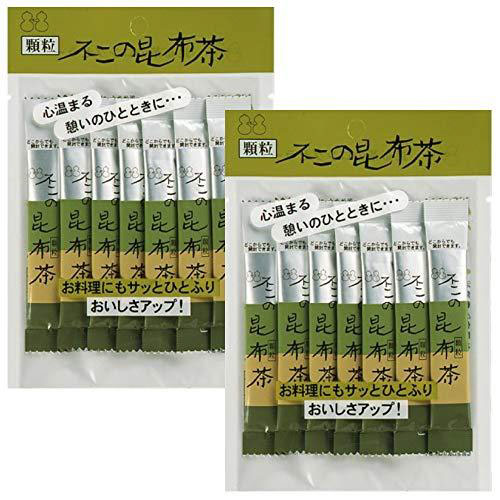
Fuji no Kombucha is a popular kelp tea in Japan that comes in a vareity of convenient packages or small cans.
Sobacha (そば茶) - Buckwheat Tea
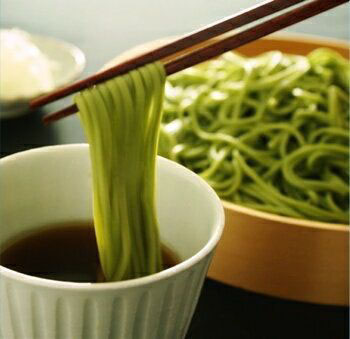
The luxury sobacha or buckwheat tea pictured is available on ZenPlus.
Sobacha, or buckwheat tea, is another caffeine-free infusion appreciated for its many potential health benefits. The tea is made from roasted buckwheat kernels, steeped directly in hot water. Sobacha carries a comforting, nutty, and mildly sweet flavor, with an aroma reminiscent of freshly baked bread. This beverage is often recommended as a relaxing night-time drink, as it is caffeine-free and reputed to assist in sleep.
Gobocha (ごぼう茶) - Burdock Tea
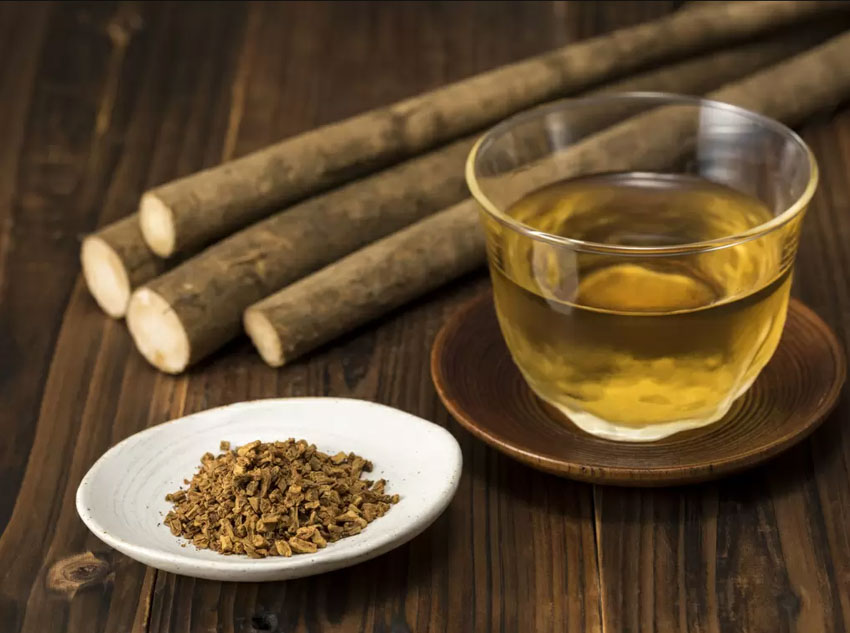
Gobocha, made from roasted burdock root, is a recent entrant into the Japanese tea scene. This earthy tea has quickly become popular for its potential health benefits. It is typically prepared by simmering or steeping dried, thinly sliced burdock root, yielding a golden brew with a deep, earthy, and subtly sweet flavor.
Genmaicha (玄米茶) - Brown Rice Tea
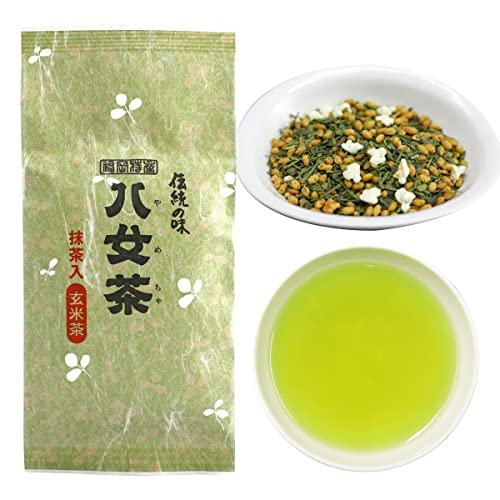
Genmaicha, known as "brown rice tea," is a harmonious blend of green tea, usually Bancha or Sencha, and roasted popped brown rice. The concoction was originally drunk by the poor in Japan, as the rice served as a filler to reduce the price of the tea. It has now become a staple in its own right due to its unique, pleasing flavor.
The combination of tea leaves and toasted rice creates a savory flavor, with the nutty and popcorn-like notes of the rice balancing the bitterness of the green tea. Genmaicha represents a comforting intersection between the worlds of tea and grain.
Gyokuro (玉露) - The Pinnacle of Japanese Green Tea
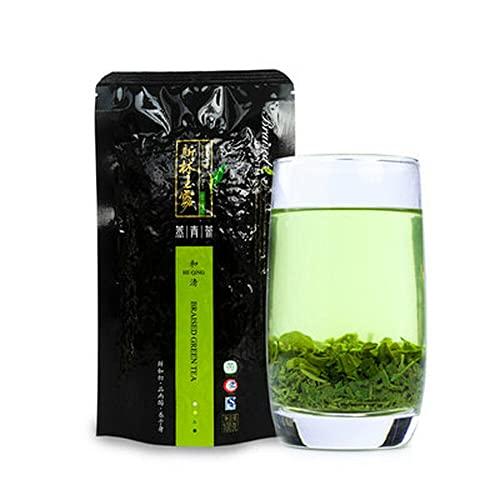
Original Green Tea Premium Gyokuro Organic on ZenPlus
Gyokuro, meaning "jade dew," represents the pinnacle of Japanese green teas and is renowned for its exceptional quality. Like Matcha, Gyokuro leaves are shaded for several weeks before harvesting. This process boosts chlorophyll levels, giving the tea its vibrant green color and intensifying its umami flavor.
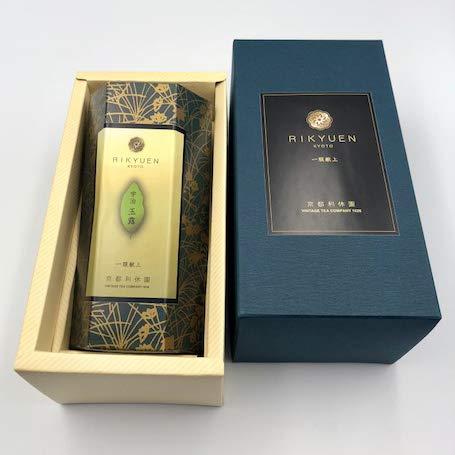
Kyoto Rikyuen Uji gyokuro 100g gift packaged Japanese tea
Gyokuro leaves are carefully plucked, steamed, dried, and then rolled into their distinctive needle-like shape. The resulting tea has a sweet, rich flavor profile and a subtly aromatic scent. Drinking Gyokuro is considered a luxury, savored in moments of relaxation or during special occasions.
In conclusion, the spectrum of Japanese teas is a testament to the country's rich, intricate, and innovative culinary culture. Each tea bears a story, a method, a season, and a sentiment, reflecting the beauty of nature and the artistry of human invention.
Recommended: Hand Crafted Matcha Tea Set
Of course, getting your hands on some high quality matcha or other Japanese tea wouldn't be perfect without a Japanese tea set to go with it. ZenPlus recently collaborated with Fukui prefecture and featured hand made products from their area. Among the items were beautifully hand crafted traditional sets for making matcha:
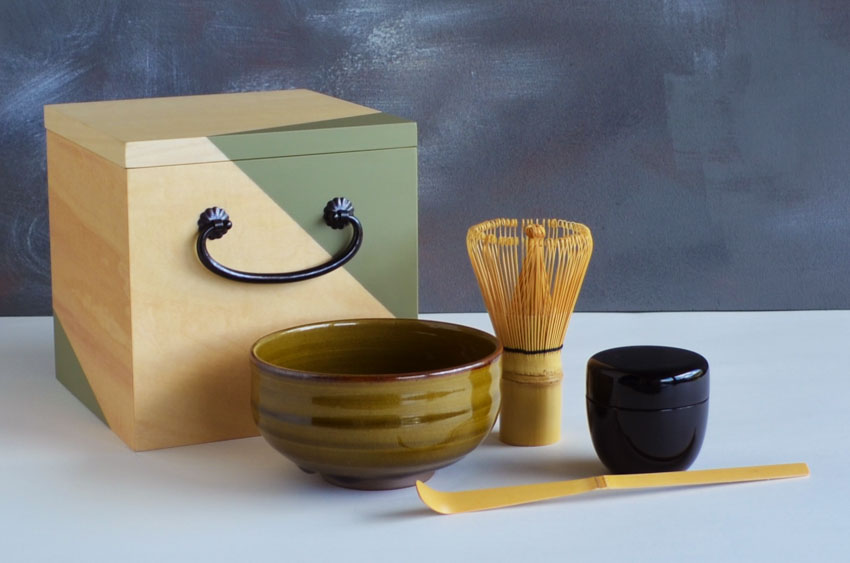
Traditional tea set for making matcha. This items are hand crafted in Fukui prefecture.
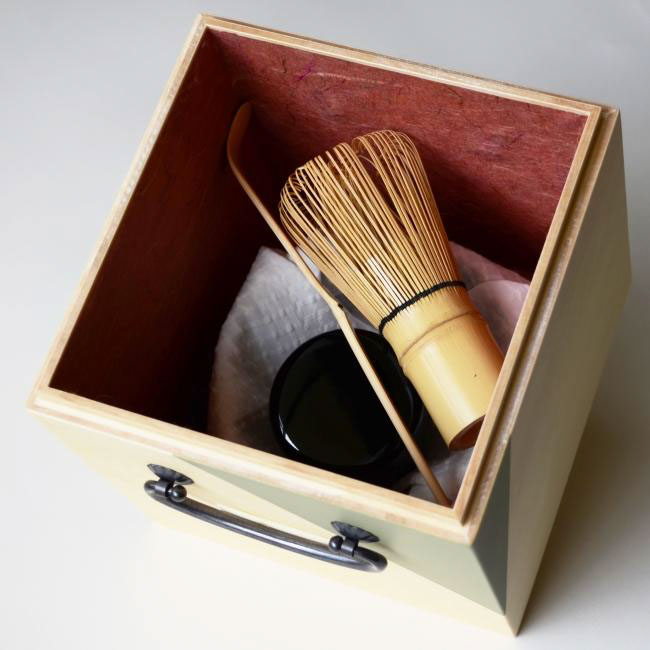
The beautiful box set includes a bowl to drink from, a container for the matcha powder, a wooden spoon and chasen - the matcha whisk.
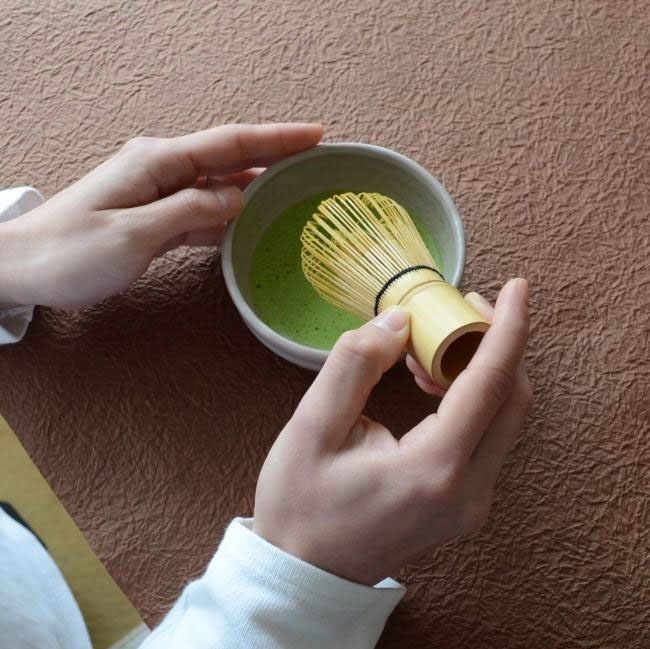
The set includes a chasen - the bamboo whisk used to make matcha.
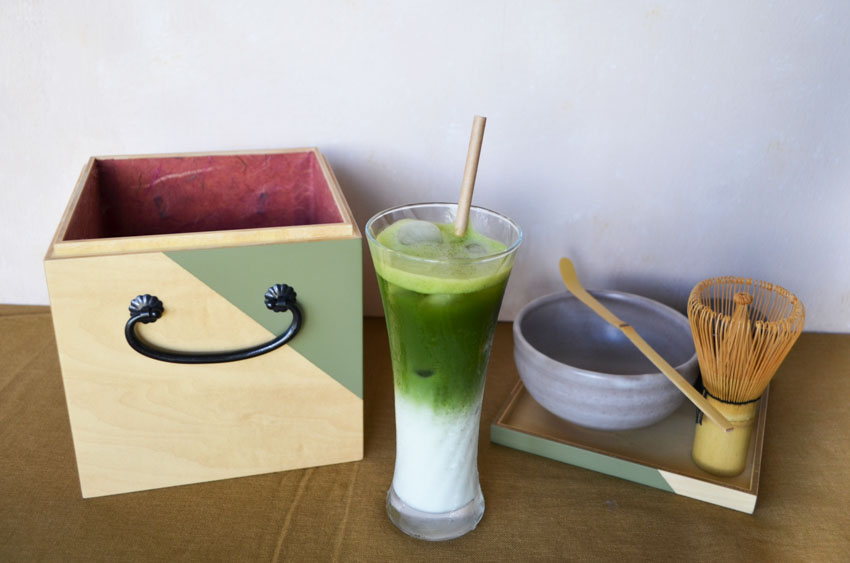
Make matcha latte at home with this traditional tea set.
The traditional tea set is one of the many unique hand crafted products you can find in Fukui prefecture. Visit our Fukui feature page for more items.

